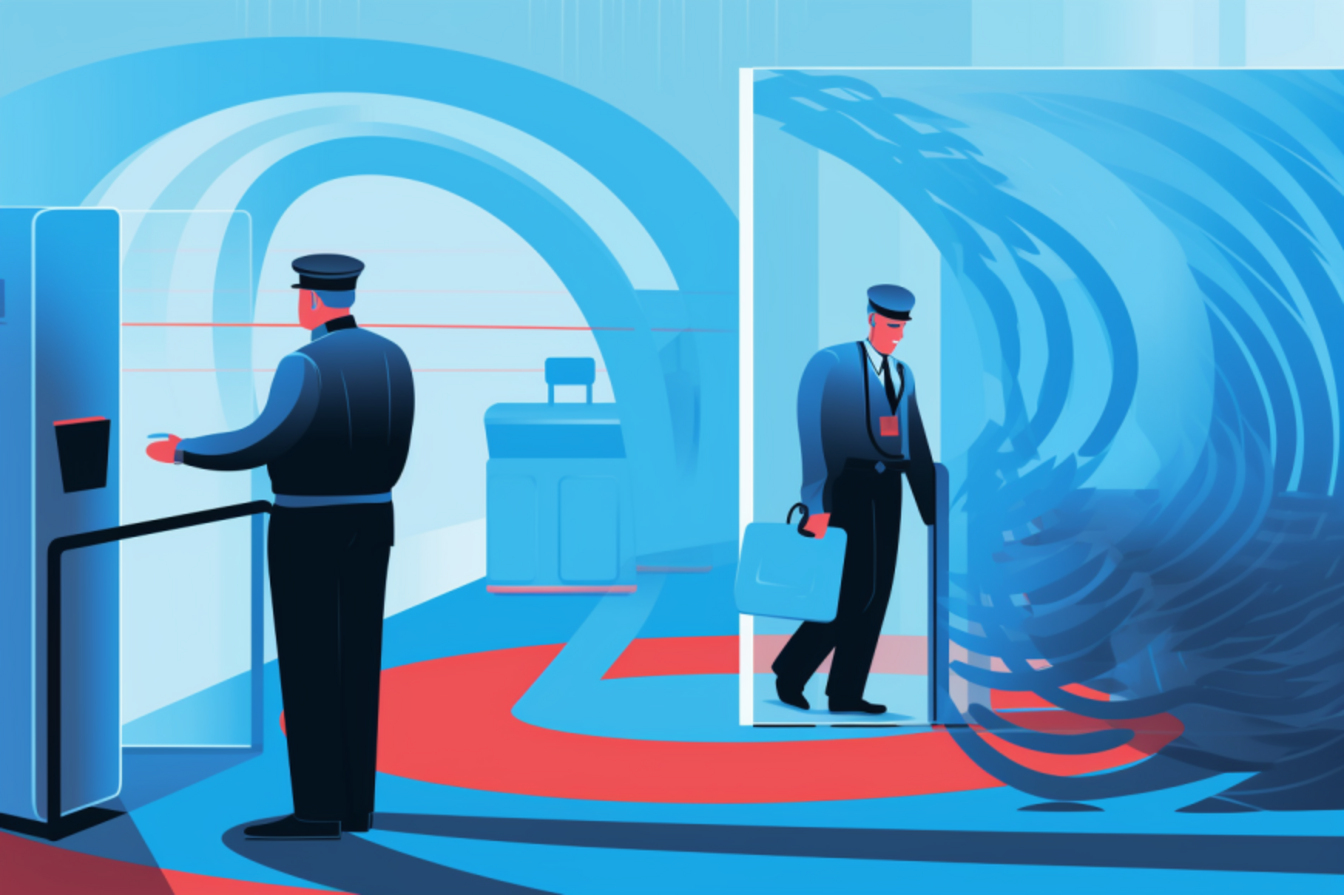If you don’t want to walk through a poorly tested full-body scanner or have a TSA agent belittle your anatomy before your next flight, then you still have the right to opt out and submit to an “enhanced” pat-down.
That’s exactly what I did on a recent trip from Orlando to Atlanta. Actually, I do it every time I fly.
But as I waited for a male agent — who would ask me to spread my legs, would touch my torso, rub the inside of my legs, and feel the back of my neck and arms — I began to understand what the TSA really means when it says it’s focusing its efforts on “intelligence-driven, risk-based screening procedures.”
It means that when we’re screened at the airport, we’re separate, but we’re not equal.
A new passenger underclass
The TSA likes to talk about the “haves.” The elite-level frequent fliers, the soldiers in uniform, the crewmembers, who can now almost always bypass the scanners, the shoe-removal, and the pat-downs, and get to the gate quickly. It’s received a lot of positive coverage from an unskeptical mainstream media about those programs.
But it doesn’t really say much about the “have-nots.” The passengers with medical conditions and implants that set off the magnetometers. The folks who don’t fly frequently enough to be part of the Pre-Check club, and yeah, the opt-outs.
Actually, opt-outs are arguably the biggest segment of the new passenger underclass. The TSA doesn’t release statistics on air travelers who refuse a full-body scan, but anecdotal evidence suggests their numbers are large and growing.
Let’s take a closer look at how the TSA treats opt-outs as second class citizens.
Intimidation
As I waited for my TSA screener in Orlando, I noticed an attractive young woman standing next to me. “Opting out?” I asked her. She nodded. I made eye contact with her, which is when I saw a look that can be best described as raw terror. It is the anticipation of what may come next, whether it’s a botched pat-down that violates your human dignity or a public humiliation, that stokes those fears. I admit, I experience similar misgivings every time I tell an agent that I’d rather not go through the scanner. My only consolation is that if something goes wrong, I can write about it.
Harassment
As it turns out, our fears are somewhat justified. Last week, I heard from Maura Maia, a flight attendant for a major airline, who says that while she enjoys breezing through the crewmember line when she’s in uniform, the treatment is vastly different when she’s off the clock. She recently flew in civilian clothes and opted out. “The TSA agent started yelling at me when I said I wasn’t going into the full-body scan,” she says. Maia stood her ground, but says “I was humiliated in public.” She adds, “When I came back to the same airport, that time on my uniform, and tried to file a complaint with the TSA supervisor, he waved me away.” The TSA can’t force you through the scanners, but it will try. Yelling at passengers is unacceptable. Another travel complaint that a TSA agent belittled her anatomy.
Retaliatory wait time
That’s a term believed to be widely used within the TSA, and it means exactly what it says. If you opt out, you could be forced to wait — and possibly miss your flight. But it’s not just the length of the wait, it’s also the place. Passengers are sometimes herded to a secure holding area, which functions like a penalty box in a hockey game. You can see who is in it, and by being in it, you’re assumed to have done something wrong. It’s embarrassing, and the TSA agents keeping you in the box know it. Of course, some would argue that the “enhanced” pat-down is also retaliatory, and in the hands of some screeners, it certainly can be.
But why is this happening? For TSA agents, opt-outs are a pain. They have to explain the pat-down procedure, put on a pair of blue latex gloves, get moved from their duty station, and, worst of all, there’s a pretty good chance the traveler will object to the manual screening in some way. When that happens, a supervisor must be summoned and possibly the airport police, since TSA agents have no law enforcement authority. It can get really messy.
For the TSA as an institution, opt-outs are an easily identifiable group of contrarians who do inconvenient things like vote for candidates who push for more agency oversight. They write to their congressional representative when they fail to hold the TSA accountable for its failures. They demand common-sense security instead of the circus we still have today, more than a decade after the 9/11 attacks. Punishing these passengers makes sense on an institutional level. It’s no surprise that supervisors would look the other way while agents threaten, intimidate, and humiliate the opt-outs, if not encourage it.
The false choice between a scan and pat-down
The false choice between a dangerous scan and an invasive pat-down must end, and the sooner it happens, the better. (Here’s how to handle the TSA when you travel.)
In the meantime, here’s an idea: Why not give anyone who opts-out the same treatment as the folks with Pre-Check clearance? Why not just send them through the metal detector, allowing them to keep their shoes and jackets on?
No self-respecting terrorist would ever ask for a pat-down instead of walking through the easily foiled body scanners. (Here’s how to handle the National Opt-Out Day.)
The opt-outs present no meaningful threat to airport security. The TSA should screen them with the pre-checks and pilots. Instead they are penalizing them for doing what every passenger should be doing in the first place.




